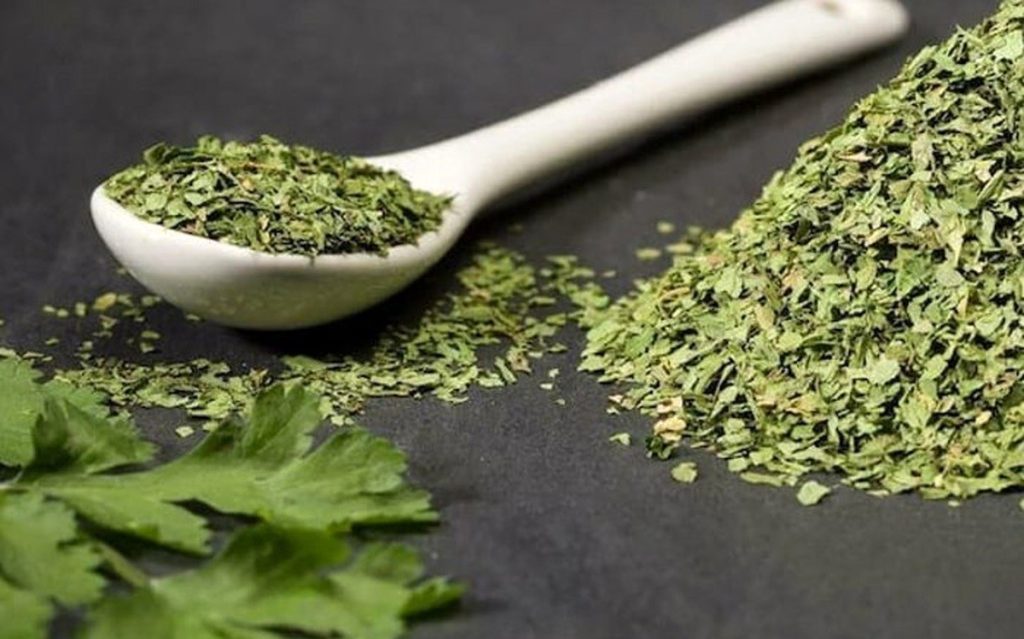Dried vegetables
Dried vegetables are one of the oldest and most popular methods of preserving food, which not only increases their shelf life but also imparts an extraordinary flavor and aroma to dishes. This process involves removing moisture from vegetables using sunlight or dehydrators, which helps preserve and concentrate their nutritional properties. This article will introduce various types of dried vegetables and their benefits.
Types of Dried Vegetables
Dried Tomatoes: This type of dried vegetable is very popular for its sweet and acidic flavor, making it a favorite for preparing sauces and stews.
Green Vegetables: Such as spinach, kale, and broccoli, which are commonly used in cooking or as healthy meal supplements.
Dried Onion and Garlic: These options help enhance the flavor of dishes and are considered essential ingredients in some traditional cuisines.
Dried Bell Peppers: This dried vegetable can add exceptional color and flavor to foods.
Herbs: Such as basil, mint, and thyme, which are used to flavor dishes and salads.
Benefits of Dried Vegetables
Nutrient Preservation: The drying process helps retain and enrich vitamins and minerals, preventing them from spoiling over time.
Easy Accessibility: Dried vegetables are easily available and can be used at any time. They serve as suitable substitutes for fresh vegetables, especially during seasons when some are not available.
Low-Calorie and Nutrient-Dense: Dried vegetables are typically low in calories, making them an excellent way to add flavor and nutrients to meals without increasing caloric intake.
Long Shelf Life: These vegetables can be stored for extended periods without losing quality, making them especially great for cooking enthusiasts and home meal preparation.
The use of dried vegetables not only contributes to the diversity and flavor of meals but also can improve your health. By incorporating these nutritious additives into your meals, you can enjoy delightful flavors and their numerous benefits.


 Fa
Fa En
En




No comments